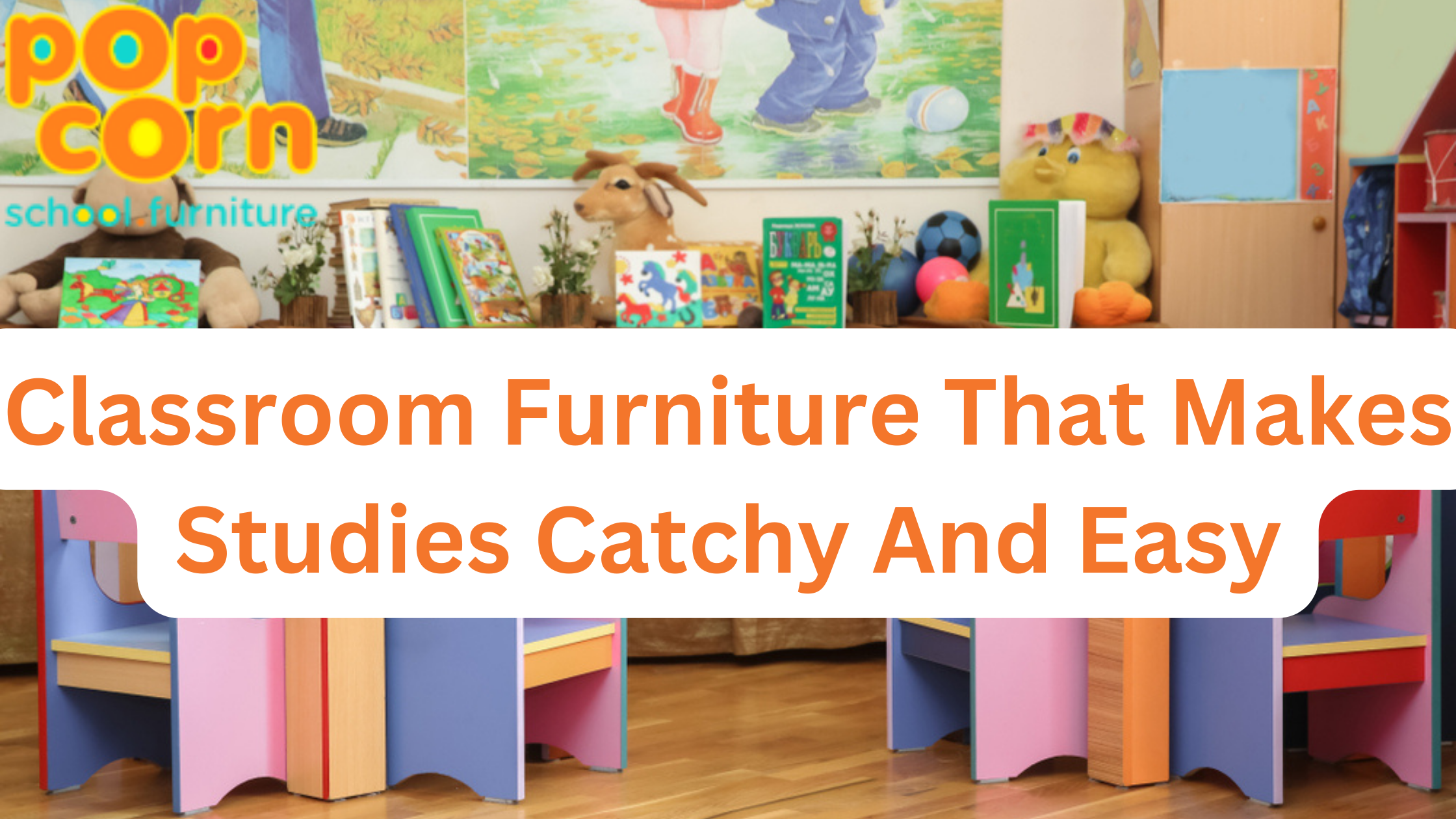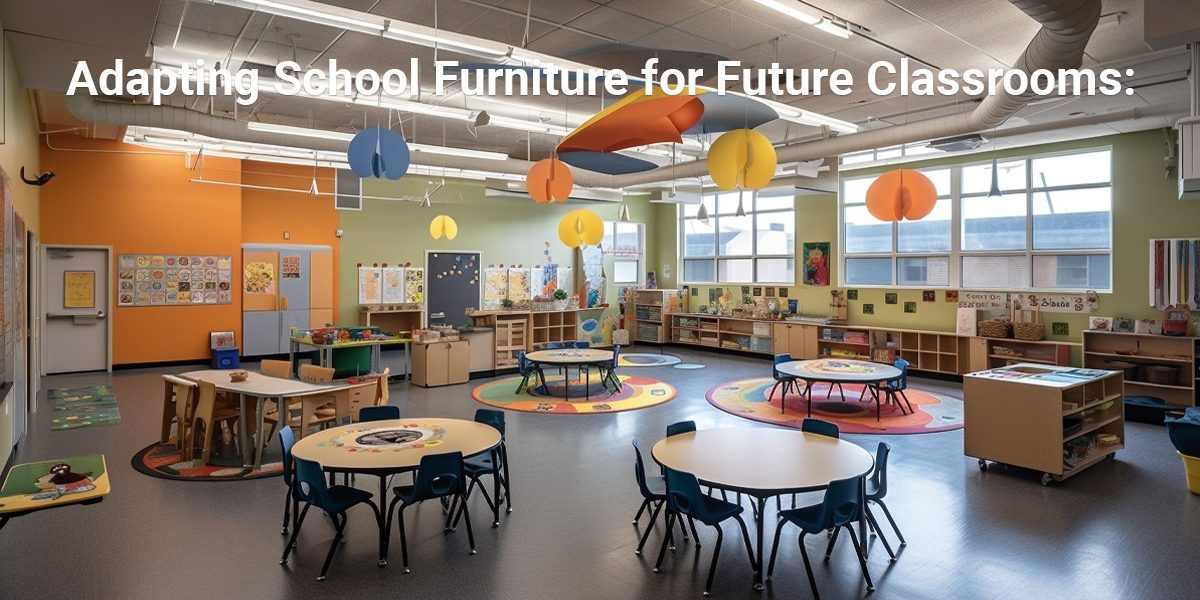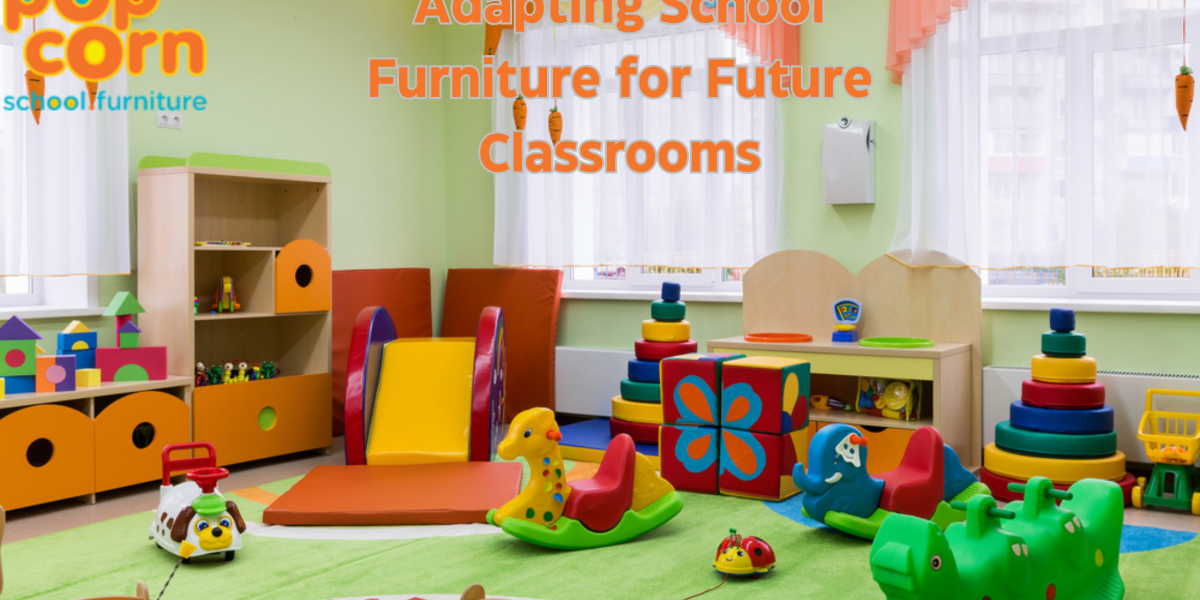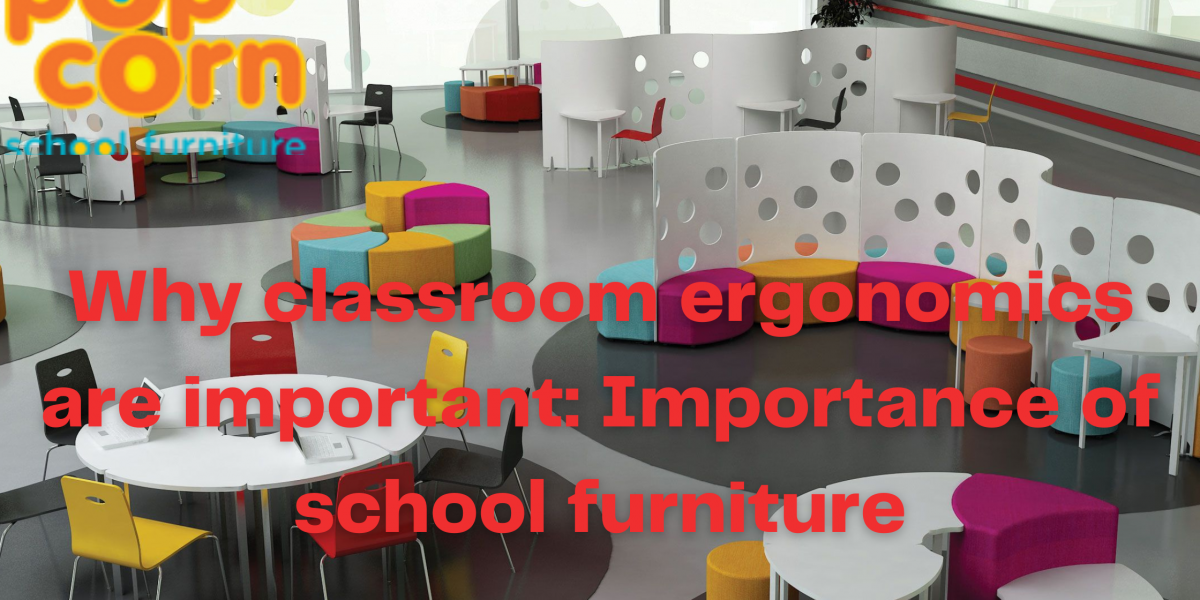The curriculum and methodology in educational institutions are continually updated to suit the latest educational standards. The seating arrangement, desks, and chairs in the classroom, which is some of the most critical components of a learning environment, are not given as much consideration. The furniture in the classroom must be comfortable for the students, allow for movement, and consistently promote proper posture. Moving around while seated is crucial. All of these elements significantly impact how well students learn and, when properly implemented, can greatly enhance their performance.
Every student has the right to get an education in a safe, healthy, and visually pleasing setting, especially young ones who value these aspects even more. It has been demonstrated, for instance, that poor chair ergonomics can significantly impact concentration levels and the growth of abilities like calligraphy. At the same time, the value of alternative techniques is being explored more and more, while the efficacy of conventional teaching methods is being questioned more and more.
The following five suggestions should be kept in mind while planning the design of future classrooms to serve the needs of the students best:
- Spaces for mobility and exercise: To address this demand, offering unrestricted areas close to or even inside classrooms is crucial.
- Gym equipment: To address the desire even better for exercise or physical activity, a space (this time with tiny gym equipment) can be supplied.
- Multipurpose tables: Just like in offices, students should be able to alter how they are used and whether they can sit or stand at them.
- Wheeled furniture, such as tables and chairs, allows for quick and quiet flexibility. Later, we’ll talk about this advantage.
The following are some general issues to think about while constructing a learning space:
Flexibility: to accommodate the broadest range of pedagogical approaches.
Efficiency: Like in any built environment, long-term alternatives and well-established sustainable solutions are required. Cheap is expensive, as they say.
In terms of ergonomics, the user must be considered. Everything should be customized to the student’s measurements (as determined by age-appropriate standards) and consider the various developmental stages of each stage of life.
The school furniture of the future will therefore need to accommodate the requirements of a more flexible didactic environment, which in turn will need to be sturdy and pleasant for all users, in addition to providing areas for unrestricted and guided movement.




